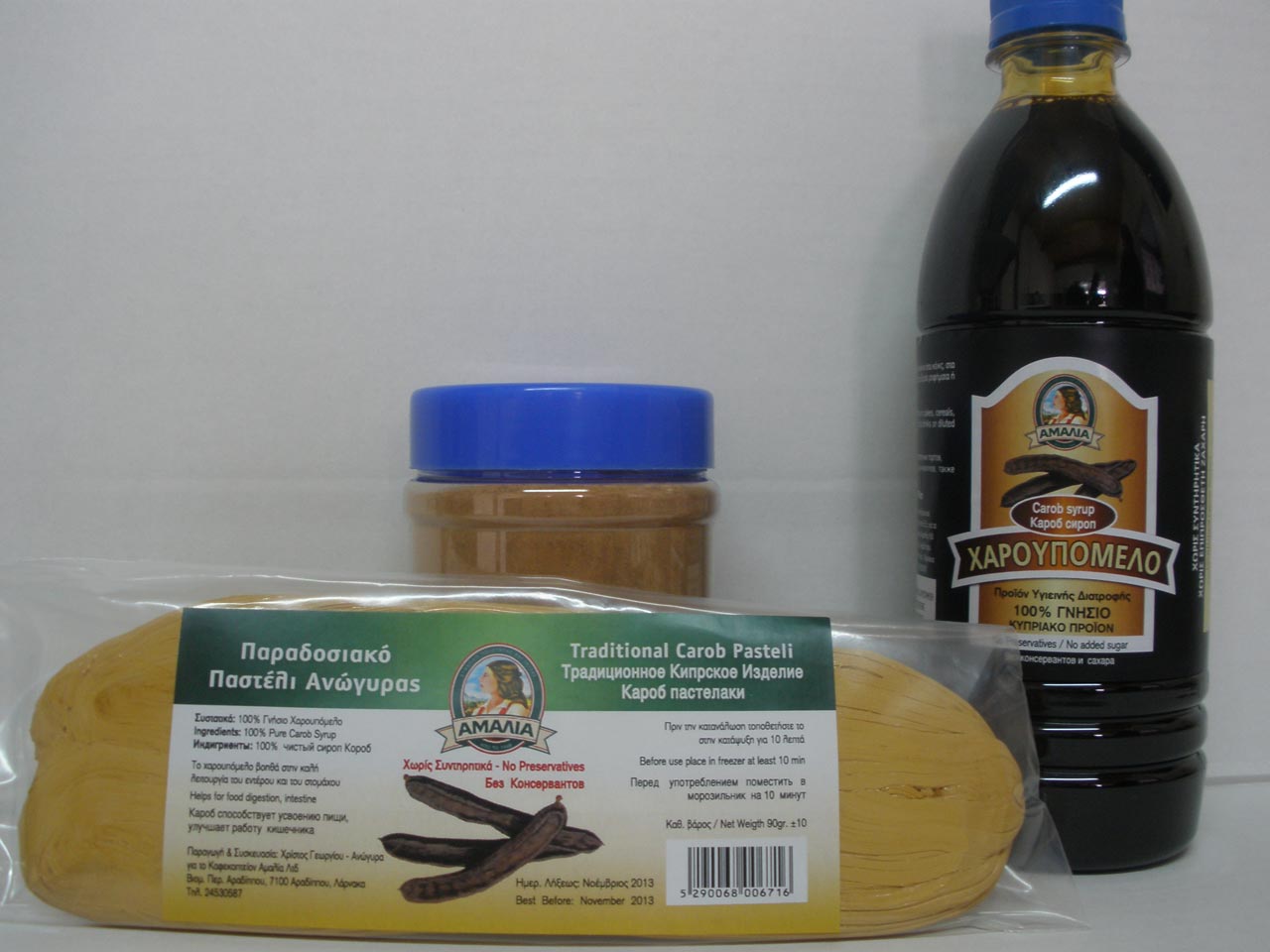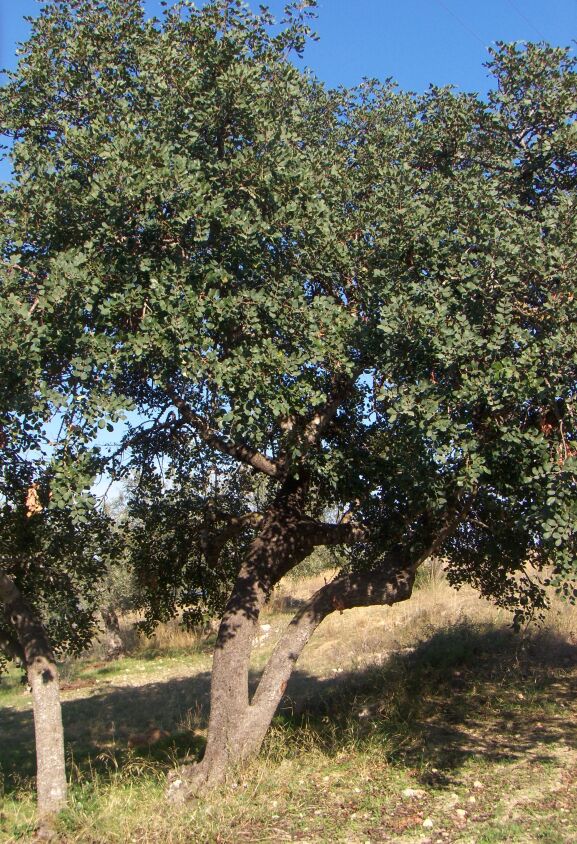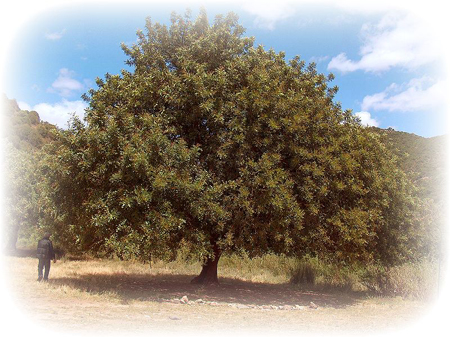Name - Origin
Χαρουπιά.
In the Cypriot dialect, keratea is called 'haroupkiá' or 'teratšiá' (Yangoullis 1994).
Functional and symbolic role
Carob trees are one of the common tree species on the island and the exploitation of their fruit constituted a basic activity of the Cypriot economy for a long time (Michaelides 1998, 32). Archaeological remains testify to the existence of the keratea on the island since prehistoric times, but written references to the tree date back to Late Antiquity. These sources do not provide any information on the distribution, use and consumption of this fruit.
Additional information and bibliography
There are two references to 'keratea' in ancient texts. They date back to the 5th century AD and relate to the location of the tomb of Apostle Barnabas, who was a Cypriot. The references originate in the texts of Alexandros Monachos of Salamina (5th century AD) in his 'Εγκώμιον εις Άγιον Βαρνάβαν τον Απόστολον' (encomium to St Barnabas the Apostle) and Theodore Anagnostos (6th century AD) in his 'Εκκλησιαστική ιστορία' (ecclesiastical history).
Michaelides, D. (1998) 'The Food in Ancient Cyprus' στο: Lysaght, P. Food and the Traveller-Migration, Immigration, Tourism and Ethnic group, Nicosia: Intercollege Press, 32
Hadjioannou, K. (1975) Η Αρχαία Κύπρος εις τας Ελληνικάς Πηγάς, τ.A'. Nicosia: Holy Archbishopric of Cyprus-publications, 347-349.
Natassa Charalambous



